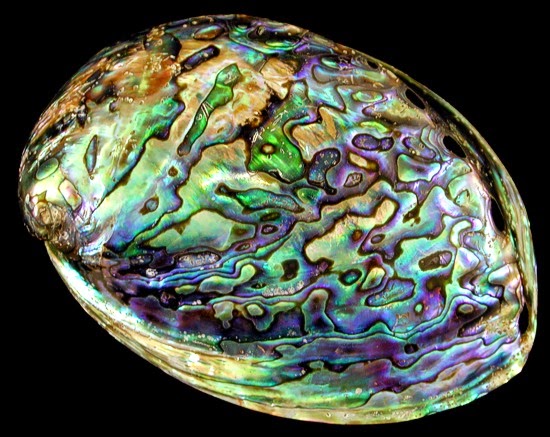In Situ Hybridisation: Scientific Method, Alchemy or a Black Art?
An integral part of any PhD studentship is training:
learning new skills, laboratory methods and analysis techniques. After all, if
you could already do everything you needed to do – you wouldn’t be doing a PhD
(that’s what I keep telling myself anyway). I am fairly new to the field of
molecular biology, my background is mainly field work and ecophysiology. When I
first entered a molecular laboratory I was intimidated – everything was so shiny
and clean, it was full of high-tech looking instruments and the shelves were
stacked high with a myriad of different chemicals and reagents. No sign of my
familiar quadrats, respirometers, buckets and spades. Wow! I thought. Maybe I’m not cut out for sterile,
high precision pipetting and careful centrifuging.
Of course, it wasn’t long before I realised molecular
biology is as susceptible to “stochastic error” as any other technique. Getting
a PCR to work can involve a carryfully designed and implemented optimisation
protocol... or wearing your lucky socks! Pipetting a series of clear liquids
into a tube and praying for that magical single crisp fluorescent band will be
a familiar story for any molecular biologist. And it turns out in situ
hybridisation is the champion of magical methods. With so many stages over a
series of days or weeks: fixing, embedding, sectioning , probe synthesis,
pre-hybridisation, hybridisation, blocking, washing, detecting and imaging, it
is no surprise that in situ hybridisation is particularly susceptible to
“stochastic error”.
I am learning in situ hybridisation gene expression analysis
for the first time. It took me a few weeks to design and synthesise 11
different sense and anti-sense probes and fortunately the tissues I am working
with have already been fixed by my supervisor (a process which in itself
involved trial and error). So now all I have to do is slice the tissue and do
some pipetting, right? Wrong!
I have been fortunate enough to learn from one of the best.
Spending two weeks in Professor Deborah Power’s laboratory at the University of
the Algarve has taught me the fundamentals and it’s now up to me to develop a
protocol to use back in Cambridge. First things first, we need an RNA lab where
we can work in a very sterile RNAse free environment. Okay not too tricky; talk
to the right people, ask nicely and use some stealth and we have acquired some
space with the correct fume hood. Second, we need a hybridisation oven, okay
this is also do-able, we managed to find one which has been in storage.
Thirdly, we need a huge long list of reagents, and we need to buy them at a
price which fits into our budget (okay I just had to write the shopping list
for this bit – my supervisor did all the hard work on the purchasing front). And lastly I need to find a laboratory which
will let me visit to section my paraffin embedded tissue, not too tricky when
you work in Cambridge. So we’re all set.
I envision everything will work perfectly first time and we
will have publishable images within 6 weeks – NOT! Learning from the best
taught me this technique is extremely challenging. It takes time to do it well.
The only way to get good, believable results is to demand absolute perfection
at every stage and optimise like never before... And of course, to wear your
lucky socks at every opportunity!
Wish me luck... I’ll keep you posted with the progress...
P.s. I was always interested in the idea alchemy as a child,
now it seems to be becoming my reality!


Comments
Post a Comment